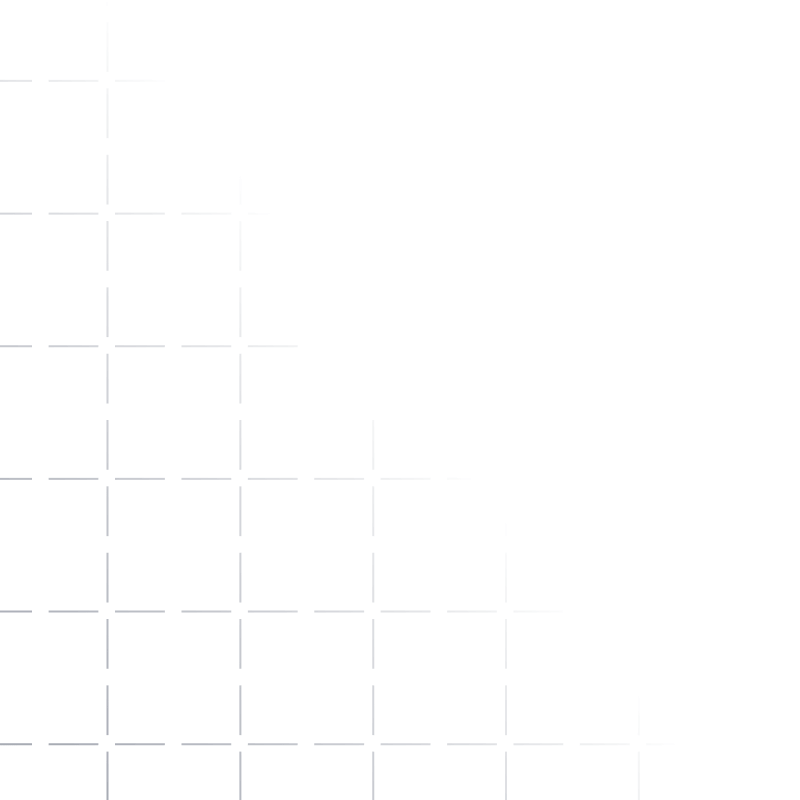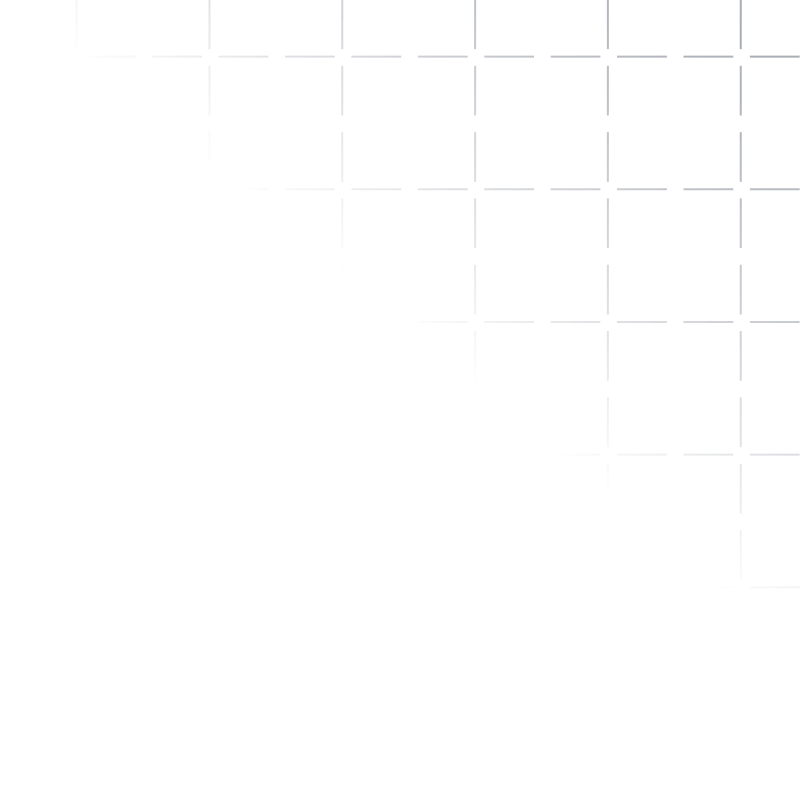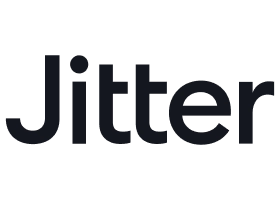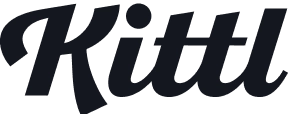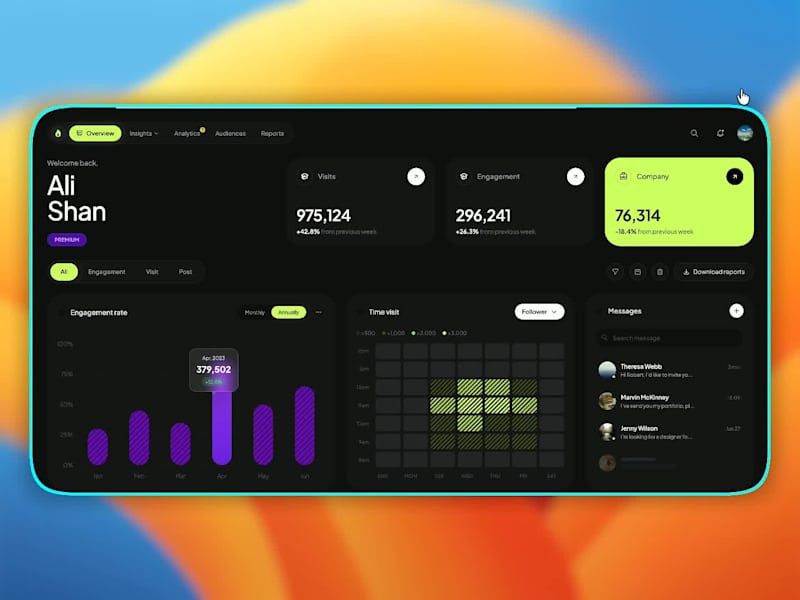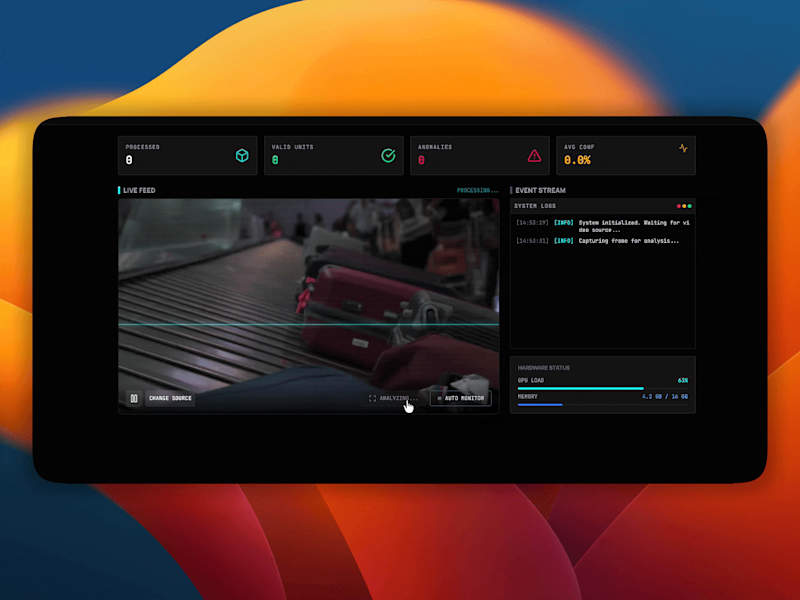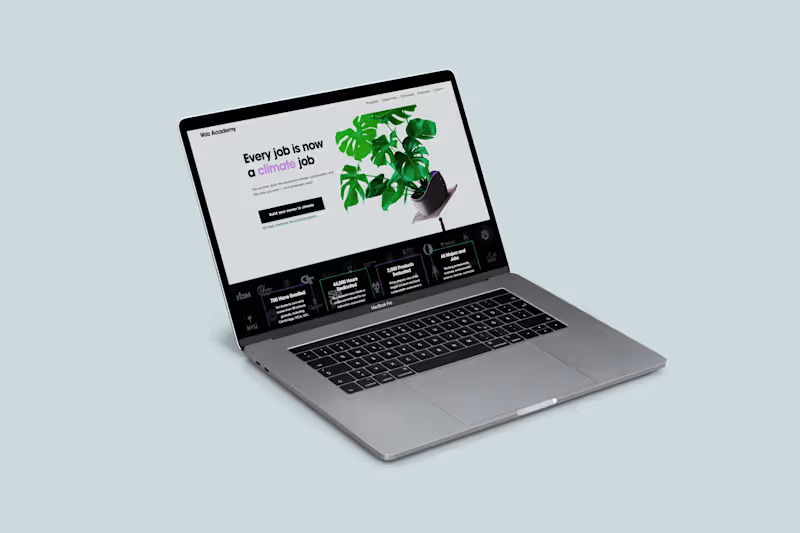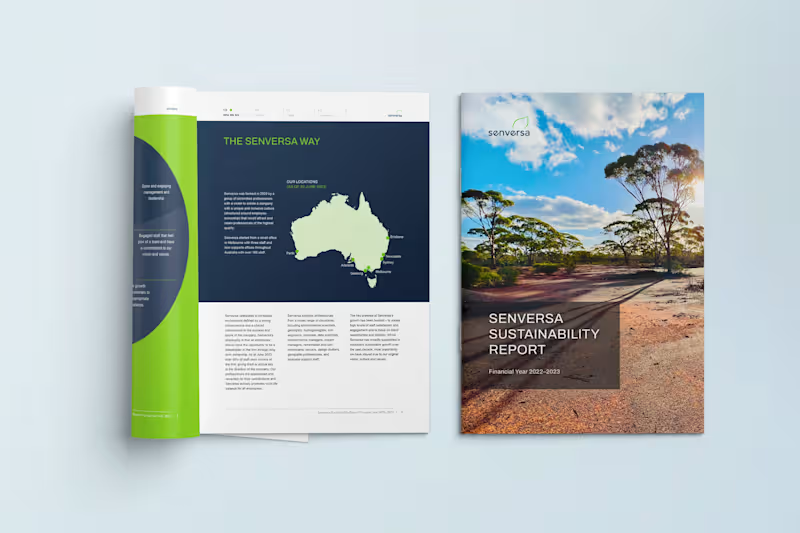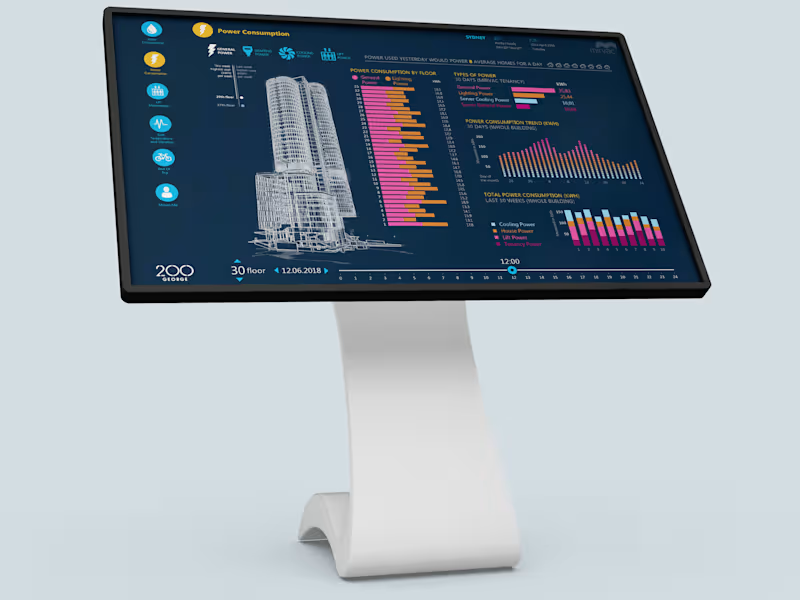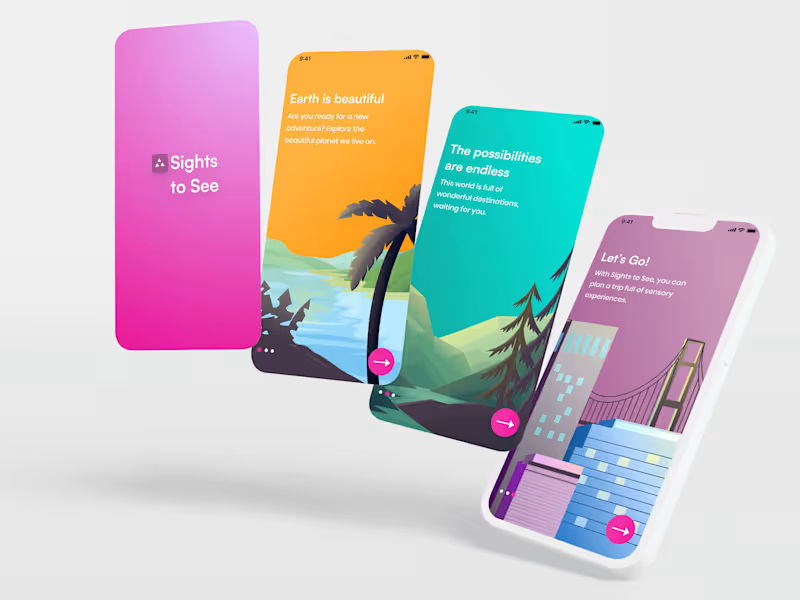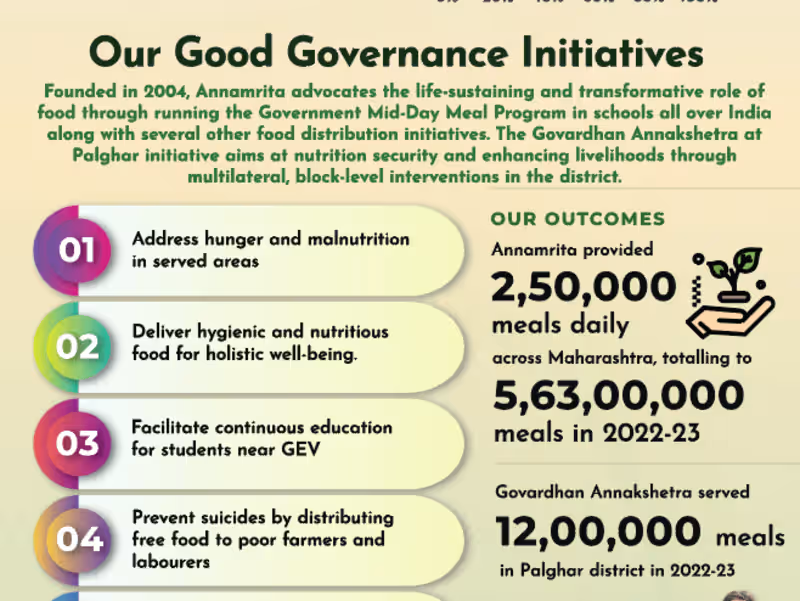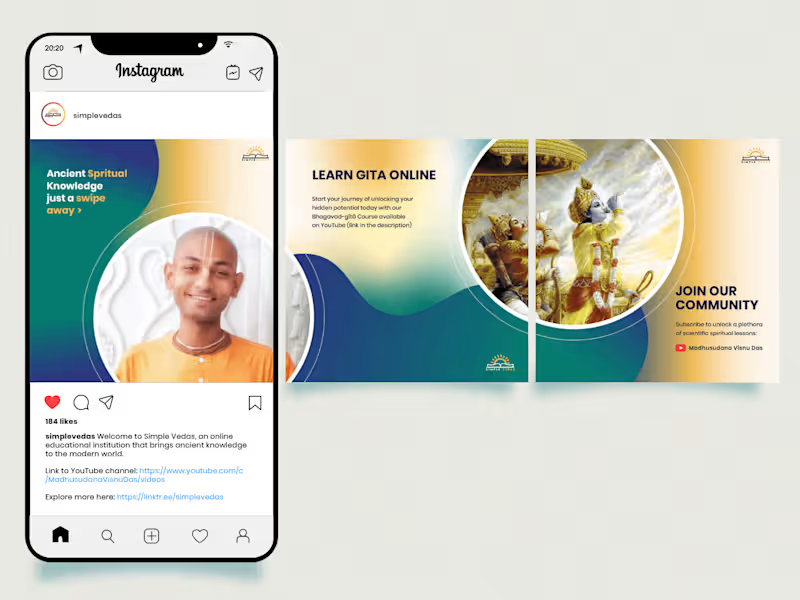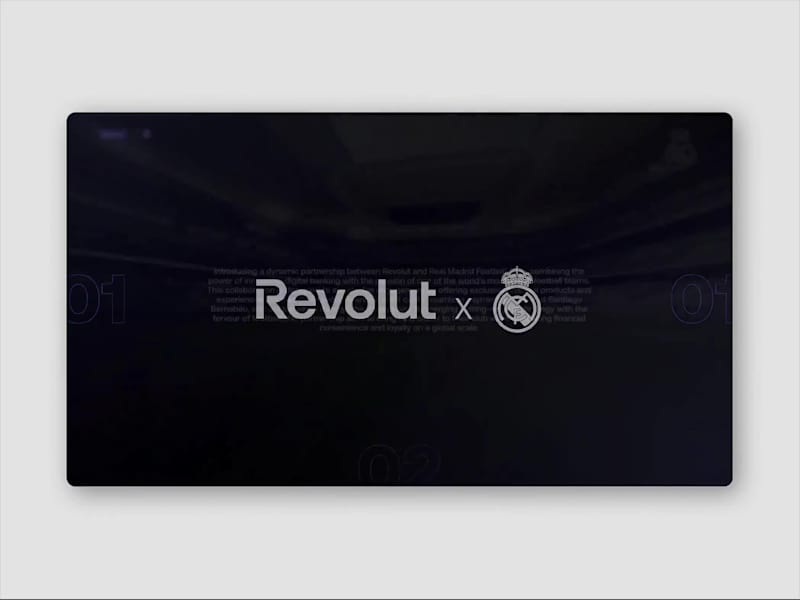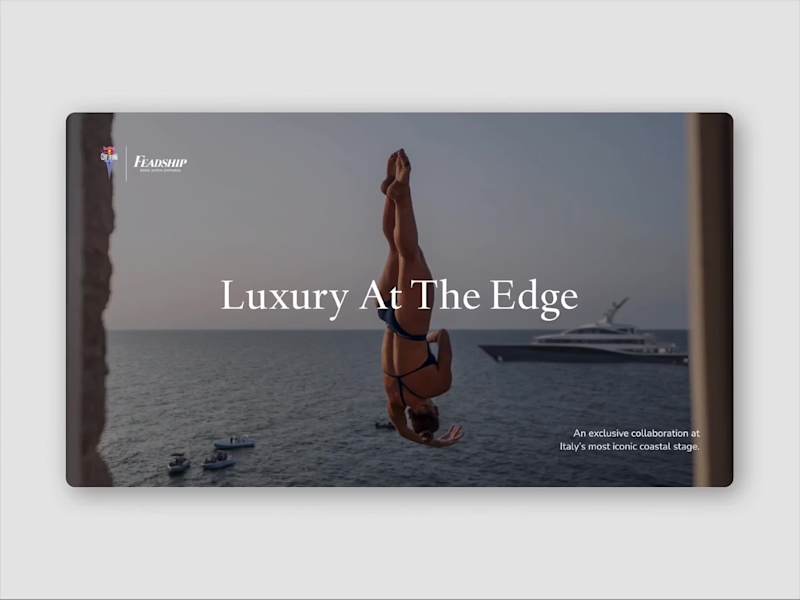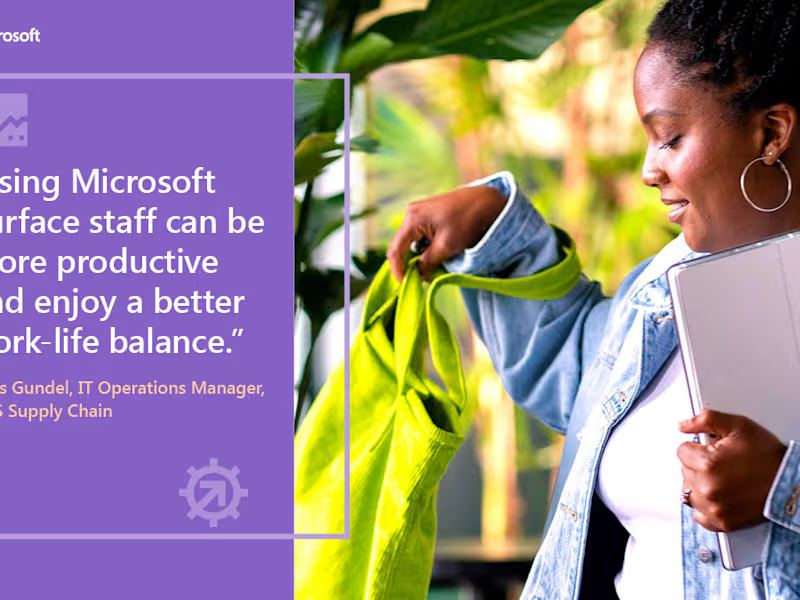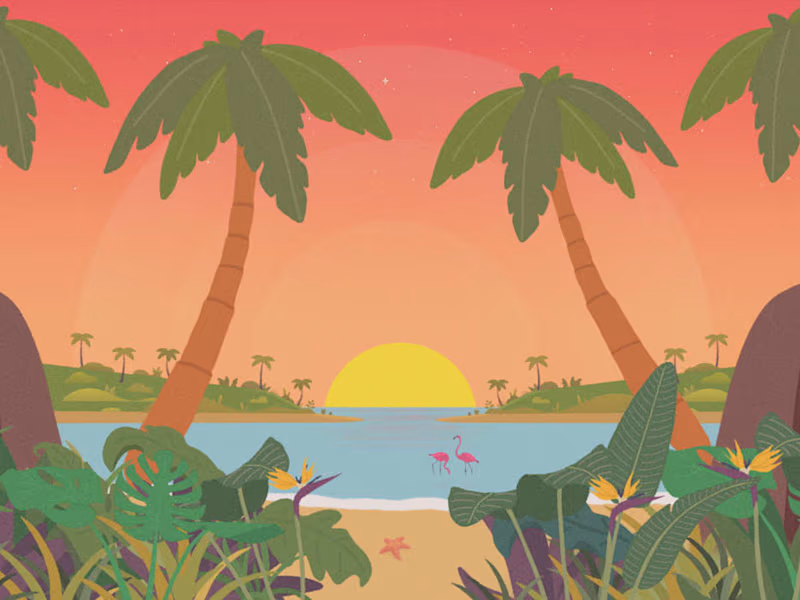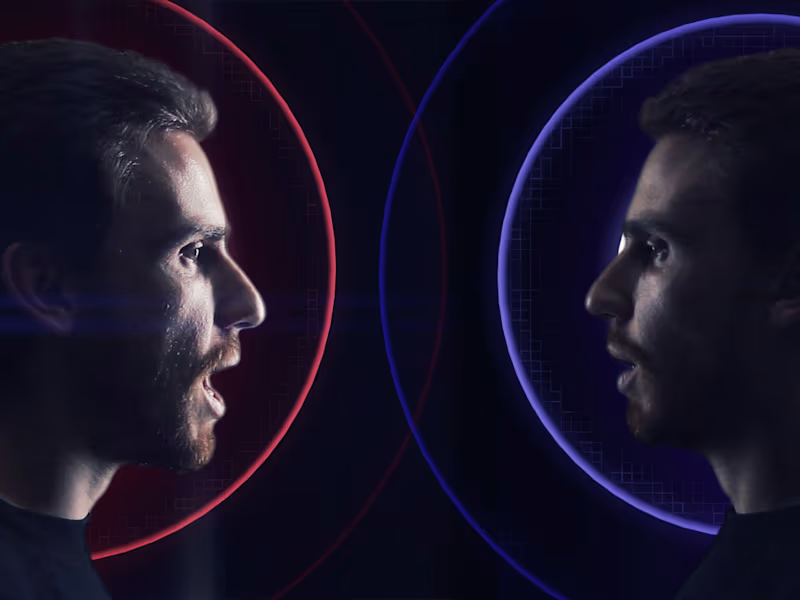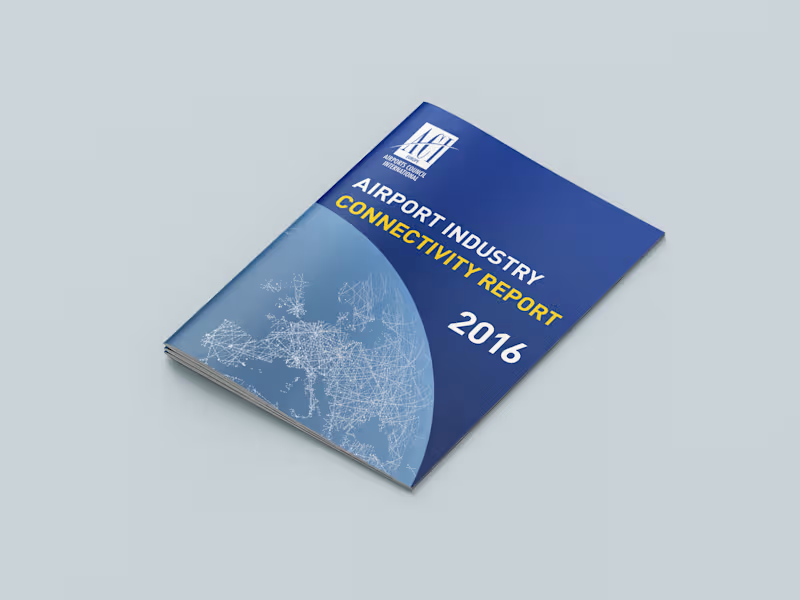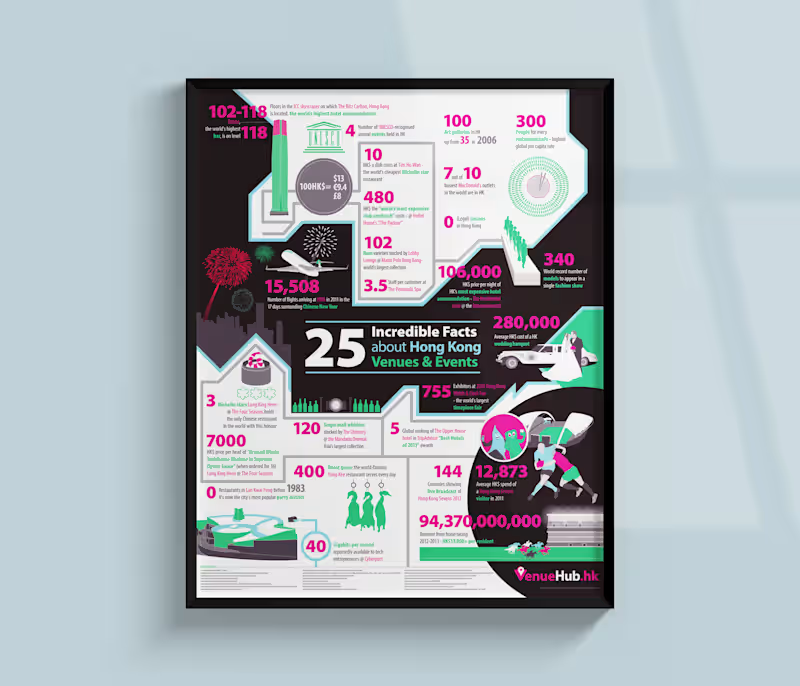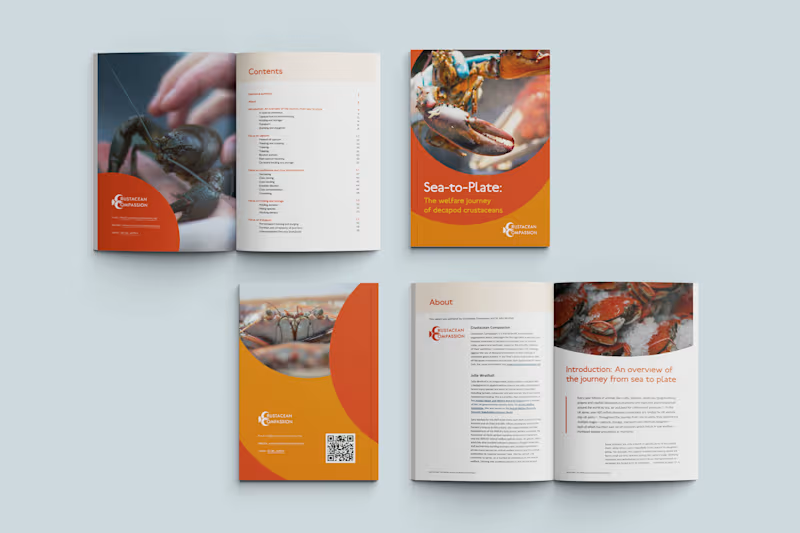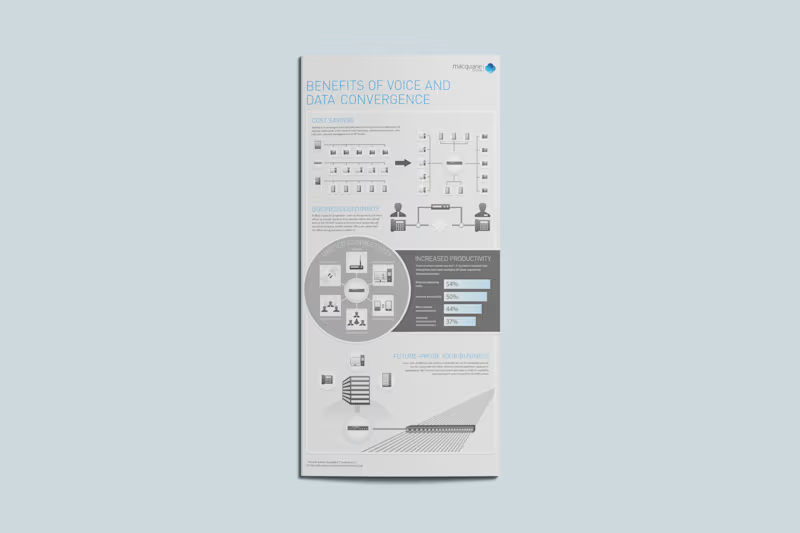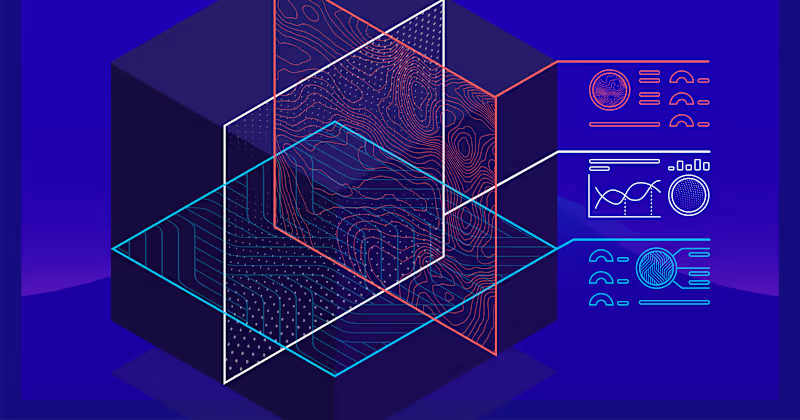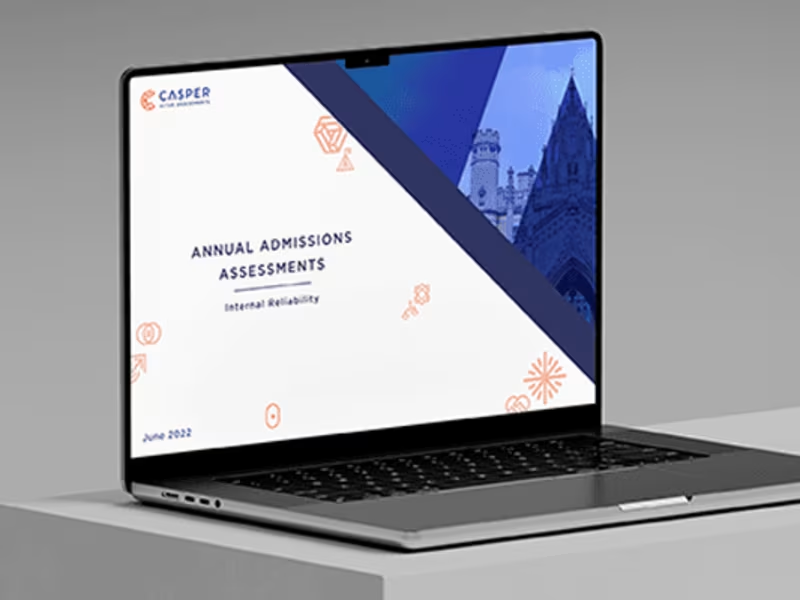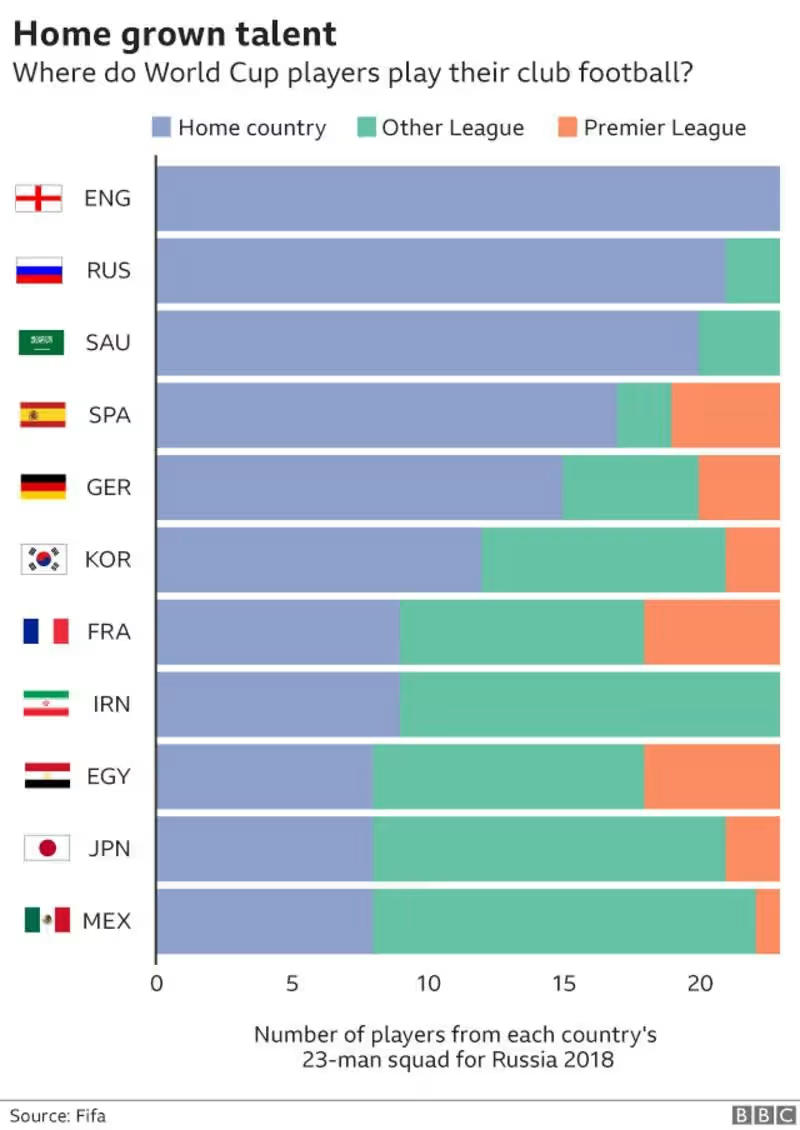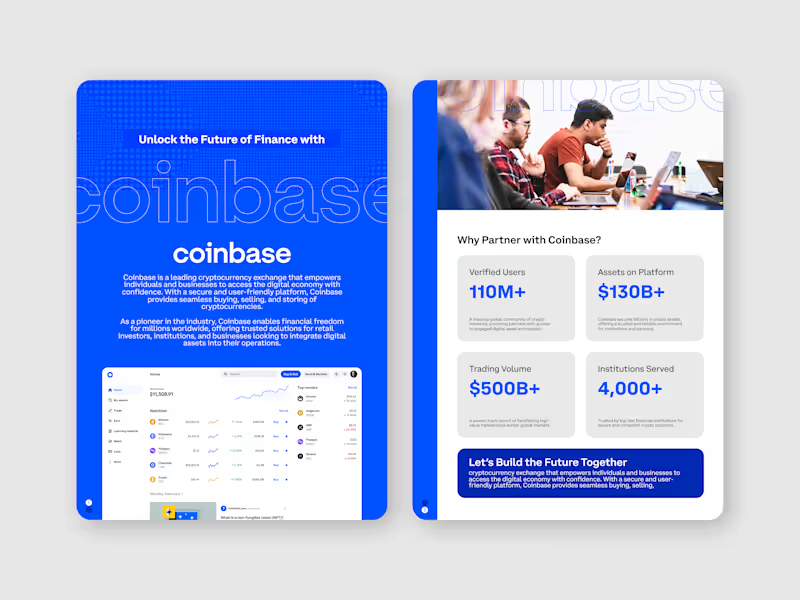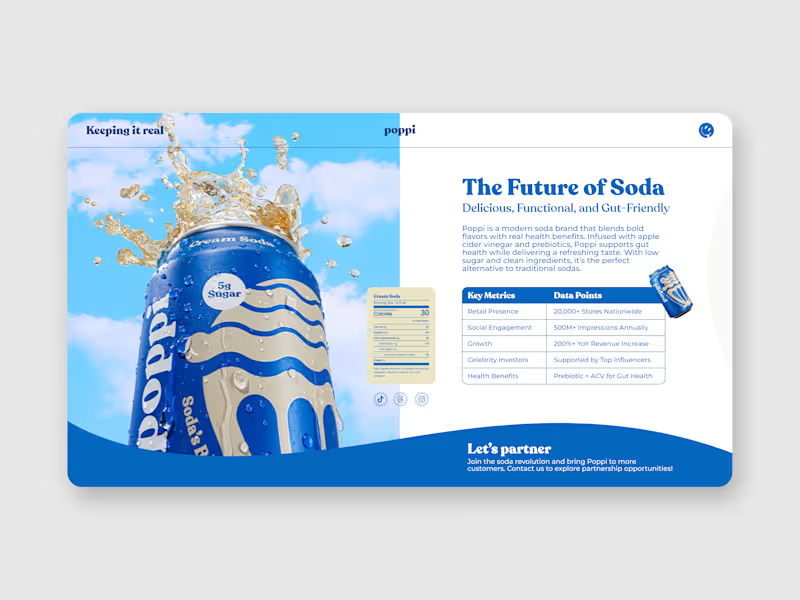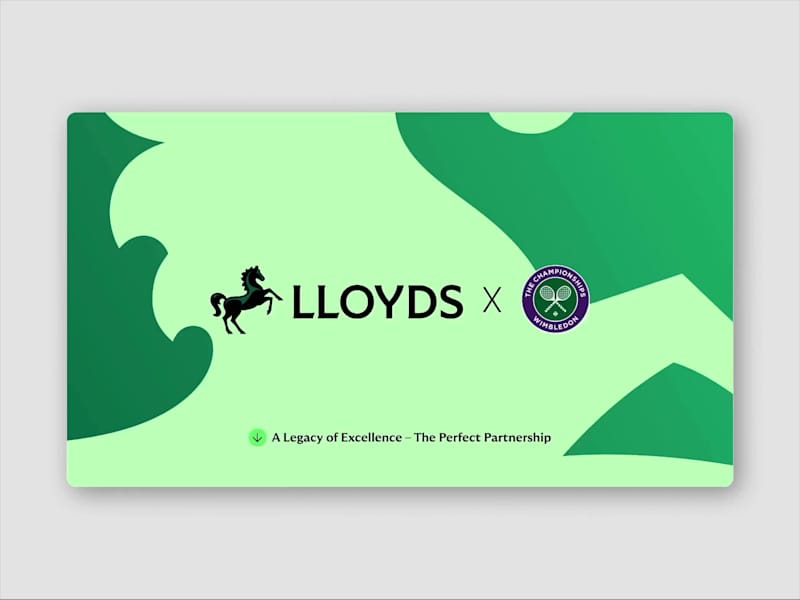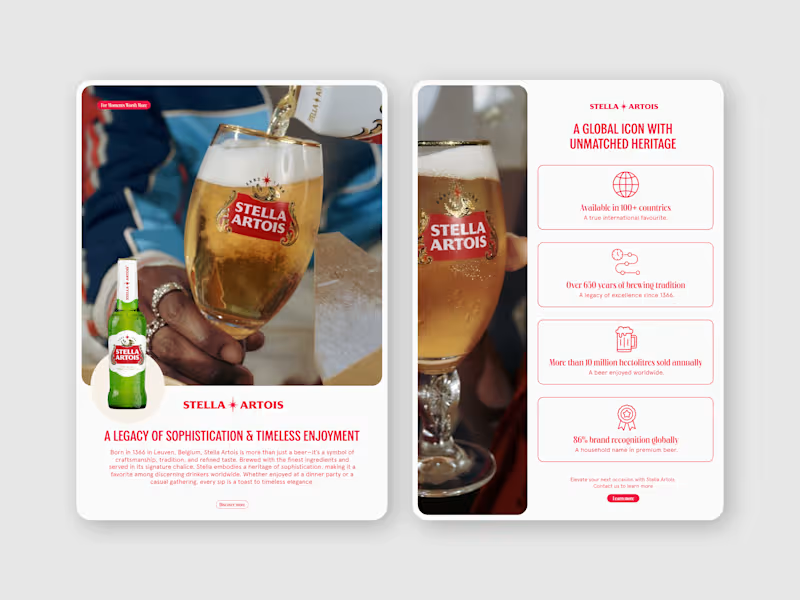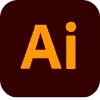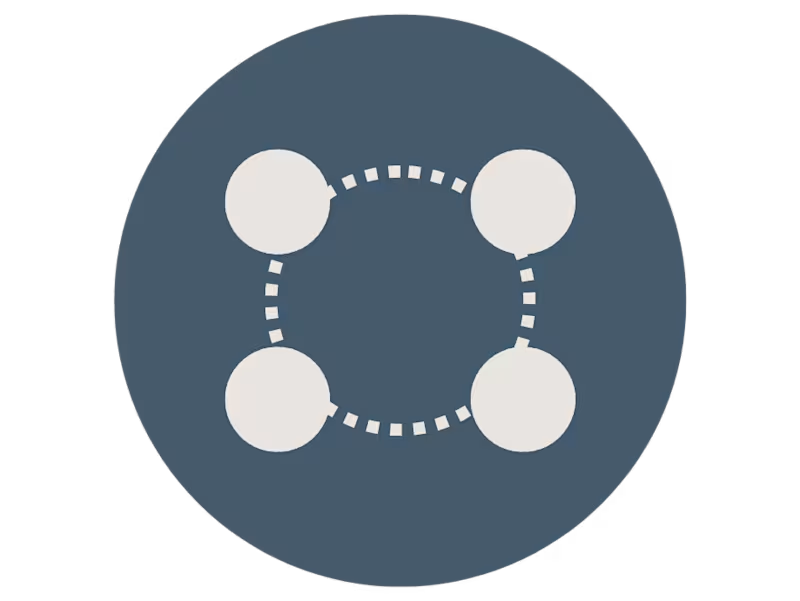How should I describe my project to attract an infographic designer?
Explain what your project is about and who it is for. Make sure to include what message you want the infographic to convey. Be clear about any specific colors, styles, or branding guidelines. This helps the designer understand your needs better. Mention the types of infographics you like as examples.
What key terms should I include in the contract with an infographic designer?
Clearly define the scope of work and deadlines in the contract. Include the number of revisions allowed and the timeline for each phase. Specify the file formats you need at the end. This ensures everyone knows what to expect and when. Lay out how you will give feedback during the project.
How do I set up an effective communication plan with the designer?
Choose a tool to communicate easily online, like email or a messaging app. Set regular check-ins to see how the project is going. Decide together the best ways for both of you to share ideas and updates. This keeps everything on track. Make sure the time zone differences are considered if you are not both in England.
What should I include in a creative brief for the infographic designer?
Write a clear and simple creative brief that outlines your project's goals. Include your target audience and the message you want to convey. Share any design elements you need, like color, font, or logos. This gives the designer a solid starting point. Also, mention any examples of infographics you admire.
How can I evaluate the skills of a freelance infographic designer?
Look at their portfolio for examples of their past work. Check if their style fits what you are looking for. Note their experience in creating infographics similar to your project. A strong portfolio often speaks volumes. It's also helpful if they've done projects for industries or topics like yours, especially in the UK.
How do I agree on milestones and deliverables with the infographic designer?
Break down the project into smaller parts with clear deadlines. Decide on what needs to be delivered at each stage. This helps keep the project organized. Agree on which drafts and versions will be reviewed. It also helps to decide on feedback points before final delivery.
When should I expect the first draft from my infographic designer?
Set a timeline with your designer right from the start. Commonly, an initial draft might be ready within a week or two. This all depends on the project's complexity. Make sure the timeframe is clear in your agreement. It also helps to know how many drafts will be made before the final version.
What is the best way to provide feedback to an infographic designer?
Give feedback that is specific and constructive rather than just saying you don't like something. Focus on what you want to see changed and why. Use clear examples or refer to what was initially agreed upon. This helps the designer make the right adjustments. Be open to their professional suggestions, too.
How can I make sure the final infographic meets legal requirements in England?
Ensure that any data used is accurate and properly sourced. Check that any imagery or icons are free to use or properly licensed. Follow any legal requirements for your specific industry in the UK. Having all these checks done before the final delivery avoids problems later. Consult a legal expert if in doubt.
How can I evaluate the success of my infographic project?
Look at how well the final product aligns with your initial goals. Measure engagement if it is shared online. Did it attract the audience you aimed for and convey the intended message? Feedback from your audience can also provide insights. Over time, assess if it adds value to your brand or project.
Who is Contra for?
Contra is designed for both freelancers (referred to as "independents") and clients. Freelancers can showcase their work, connect with clients, and manage projects commission-free. Clients can discover and hire top freelance talent for their projects.
What is the vision of Contra?
Contra aims to revolutionize the world of work by providing an all-in-one platform that empowers freelancers and clients to connect and collaborate seamlessly, eliminating traditional barriers and commission fees.
- $1k+
- Earned
- 5x
- Hired
- 5.0
- Rating
- 23
- Followers
- $5k+
- Earned
- 3x
- Hired
- 5.0
- Rating
- 71
- Followers
